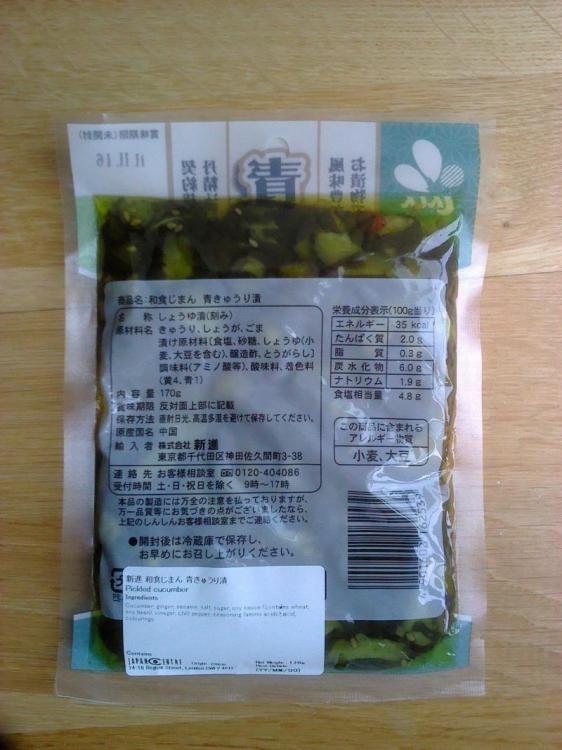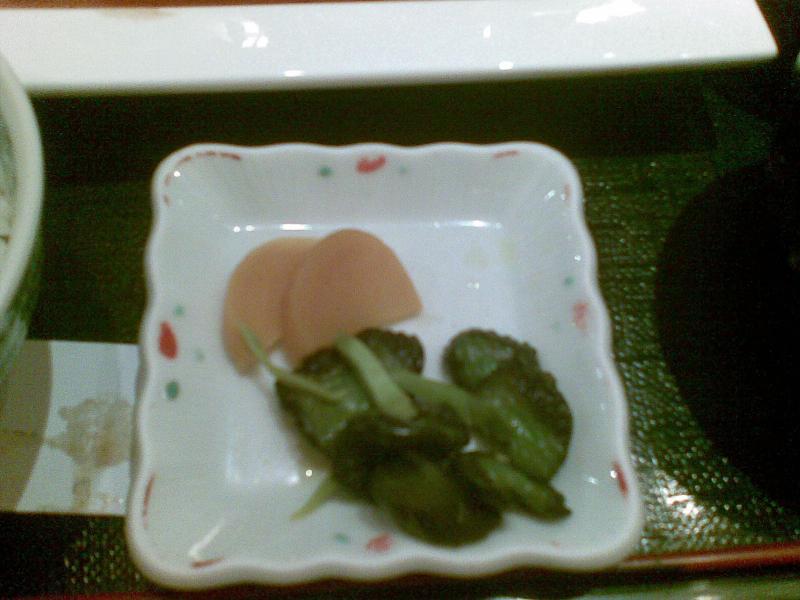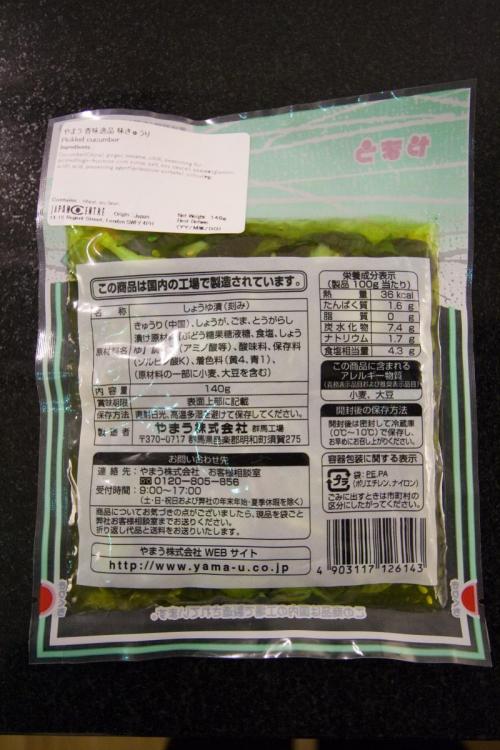
STP
participating member-
Posts
14 -
Joined
-
Last visited
-
Hi, sorry for not replying before! I actually got many more replies than expected, so thank you all for your contributions. At the end I decided to stop using kitchen paper as filter just to be on the cautious side... However I would like to continue to use disposable filters as possible, as washing the filter every time can be a bit of a hassle... The main use would be inside of a "china cap strainer". Are you aware of any use-once "filters" that can be brought in the UK and that are big enough to be used inside of strainers? Thanks again for all your replies!
-
I have occasionally used paper towel as a filter for a number of liquids (from wine with broken cork pieces to clear soups) and it always worked well without any impact on taste that I could detect. The only evident negative side is that part of the liquid gets absorbed by it (clearly ). But I am now wondering whether what I have been doing has been safe or not.... I would like to avoid getting poisoned by a paper towel if there really is a risk. Any comment / suggestion is more than welcome.
-
But is there any difference between "naga-negi" and negi? I recently had a "naga-negi" these http://www.namayasai.co.uk/Negi/negi.htm and it was huge, I would say more like a leek in diameter, but still long. The last photo on the web-page linked is indicative
-
Hi, I brought an Iwatani blowtorch from Japan, and obviously it came with Japanese instructions. I know that they suggest to use it with Iwatani gas canisters only (I am doing that) and I figured out how to fix it to che canister, regulate the flame ecc ecc. But I was wondering whether any Japanese speaker person could double check the photos below and confirm that there is nothing I should worry about apart from the usual don't catch fire using it please Thanks a lot for any help!
-
How to determine provenience of an item (Japan/Korea/China) ?
STP replied to a topic in Kitchen Consumer
First of all, thank you all for your replies! This reply raise an interesting point, what happens if a product is made in Japan using Chinese products? Would this still qualify as Japanese (that would be my guess)? In fact (for example) some Italian tomato sauces, from Italian brands, reports "Made with Italian tomatoes", which means that in general you cannot safely assume it -
How to determine provenience of an item (Japan/Korea/China) ?
STP replied to a topic in Kitchen Consumer
In the UK I am not sure it's the case. Some packages are missing any information, while some others just says "Imported by..." and no other origin-related info. Ingredients are mostly present instead. -
How to determine provenience of an item (Japan/Korea/China) ?
STP replied to a topic in Kitchen Consumer
Thank you very much for your reply. However in the picture I only spot 中国, so can the last symbol (の) be occasionally dropped from "China" as well? At this point I am interested in what the symbols on left of 中国 mean exactly. I browsed their website (reported above) and it's clearly a Japanese company with HQ at Tokyo, so I am confused about the Chinese origin of the product. Could it refer to the raw materials (cucumbers) only? Thanks again! -
In Paris there is a very nice shop (actually two), called Worshop ISSE (google it). I know they also ship abroad. More expensive than Japan Center but higher quality / artisan items. They also let you taste / do comparisons on a lot of products, whenever I am in Paris I try to pass there...
-
How to determine provenience of an item (Japan/Korea/China) ?
STP posted a topic in Kitchen Consumer
some items are not "exclusive" from an area: for instance it's possible to find kombu and katshuobushi originating from both Japan and Korea, so I usually try to determine where the item is from. Until very recently the strategy I used to determine the provenience of an item at the Asian store was to check for the internet address (which is usually present) and check whether it ends with jp, ch or kr. However I recently noticed that I brought an item which had a link to a Japanese web address, but the extra label applied by the shop says: origin: China. See the attached photo for the product: It cannot be seen in this specific package (as the label is covering it), but there is a link to www.shin-shin.co.jp, which is the manufacturer of the item. I knew this because I brought this item before and it did not have the extra label applied by the shop covering the link. Do you have any idea of how the staff determined that the item was in fact from China? Is it written anywhere on the package? In general, I would find very useful if someone could post the Japanese symbols corresponding to origin, Japan, China and Korea, to help me understanding the products better in the future. Thank you in advance for any comments/help on this strange issue -
Suggestion for Katsuobushi Kezuriki (Bonito Shaver)
STP replied to a topic in Japan: Cooking & Baking
Update: I ended up buying the e-dashi Kezuriki mentioned above and it is a really nice product. I had the instructions translated to English. My main issue is that it's more difficult than I anticipated to use it correctly. Sometimes I just got "powder" from it and it's also very tricky to adjust the blade: I continue to go from nothing being cut to the bonito almost getting stuck in the blade! Any suggestion is more than welcome! -
Just in case anyone is interested I actually paid a translator for these two web-pages. I am more than happy to give the English translation to anyone who want them.
-
I am trying to recreate the following tsukemono at home: http://www.shin-shin.co.jp/sei/tsukems43.html Here are some additional pictures of the bag and of the tsukemono itself (sorry for the poor quality of the last one): I own one Japanese plastic press (with spring). The process I tried (just by guessing) is the following one: 1. Took one UK-style cucumber (I live in the UK, not much choice here ) and removed the seeds with a spoon, cut in pieces and mixed with salt 2. Put the cucumber with salt in the press and the press in the fridge for two days, lot of liquid is lost 3. Removed all the liquid, put in soy sauce + julienned ginger + some sesame seeds ans some togarashi (I did not have chili at home) 4. Left in the fridge for other 3 days, again lot of liquid is lost up to the level of the upper pieces of cucumber The result was OK, but not crunchy and and tasty enough My questions are: 1. What is the correct name for this category of tsukemono? (the one in the link, not my poor tentative ) 2. Is there anything fundamental that I may be missing or any way to try to improve my results? 3. Is it safe to leave salted pickles in the press in the fridge for long periods? I prefer these pickles to be quite "dry" and crunchy.... Thank you all for any help in advance!
-
As you may already be aware, I was deciding about buying a Kezuriki (see my post in the forum) and I finally settled for the e-dashi one which should be in my hands quite soon I looked at the following two web pages which describe the use and maintenance of the Kazuriki: http://www.e-dashi.com/kezuriki/kezuriki.html http://www.e-dashi.com/kezuriki/kezurikata.html From the confusing Japanese – English translation of Google Chrome (by the way, are you aware of a better alternative?) what I got regarding the usage is: 1 wipe with a dry (absolutely not wet) cloth the dry bonito to remove excess mould 2 start cutting using an angle of approximately 45 degrees 3 if cuts are too thin or too thick adjust the blade (here the translation suggests that pieces of blade may fall into the bonito flakes if cut is too thick, I really hope it's a translation issue!!! ) Regarding the maintenance: 1 after use remove the oil and fat from the plane and remove the flakes from the blade (I may add, possibly without cutting my finger ) I would really appreciate if someone with a better knowledge of Japanese could verify whether I am missing some fundamental aspects of the cutting of the bonito and of the maintenance of this precious item Thank you in advance for any help! Cheers
-
Hello, I have finally decided to buy a katsuobushi shaver in order to prepare my first (non instant) bonito and kombu ichiban dashi. In this first post of mine I will report my findings (from the point of view of someone not living in Japan) on the products that I found during my research. I would really appreciate any suggestion on such products based on your experiences and your knowledge on the matter For each product I try to include the following information: price, blade material, plane material (not necessarly the same of the whole box) and international shipping info. Good characteristics for the blade are: achievable sharpness, edge retention and resistance to rust. Good characteristics for the plane are: durability, resistance to deformations and to oils/liquids. The symbol (?) means I am unsure due to the automated translation from Japanese (confusing at times ), and if anyone able to read Japanese can help with these doubts I will be happy to edit this post to include the revised information. Now to the products: * E-dashi shaver: Link: http://www.e-dashi.com/kezuriki/kezuriki.html Price: 7.297 Y Blade: blue paper steel mixed with other steels (?) Plane: oak Shipping: international shipment available This one is talked about in: http://italianintheus.blogspot.com/2009/11/quest-for-katsuobushi-ii-dashi-is-deep.html * Fushitaka shaver: Link: http://www.e-dashi.com/kezuriki/kezuriki.html Price: 14.175 Y Blade: SK steel Plane: shirakashi (oak) Shipping: from the website it seems they ship to Japan only. Not an issue, as specialised companies (which forward the item from Japan to your home) can be used. * Marusan shaver (wooden box): Link: http://en.item.rakuten.com/nishimurakanamono/10000770/ Please notice that by clicking on “original page” you can access the Japanese version of the page which has more details on the product. Price: 4.600 Y Blade: not reported; I have sent an email to the shop with an info request on this point Plane: oak Shipping: international shipment available This item really seems the one present in this blog: http://naokomoore.com/2010/08/hand-shaved-bonito-with-homemade-tofu.html * Marusan shaver (plastic box): Link: http://www.amazon.co.jp/%E3%83%91%E3%83%BC%E3%83%AB%E9%87%91%E5%B1%9E-%E5%91%B3%E4%B8%80%E7%95%AA-%E9%B0%B9%E7%AF%80-%E5%89%8A%E5%99%A8-H-5046/dp/B000FMJKCM/ref=pd_cp_k_0 Price: 2.625 Y Blade: not reported Plane: not reported Shipping: international shipment not available. Again specialised companies can be used. * Makurazaki shaver: Link: http://www.katuo-honkarebushi.net/shop/products/detail.php?product_id=18 Price: 7.350 Y Blade: not reported Plane: not reported Shpping: from the website it seems they ship to Japan only. Again specialised companies can be used. Despite the lack of information on this shaver, the website sells honkarebushi (the best quality drited bonito) so I assume this item should be of good quality too... * Keiyo Kosan Co. shaver: Link: http://cgi.ebay.co.uk/Japanese-Katsuobushi-Dried-bonito-shaver-Miso-Dashi-NEW-/250717068631?pt=LH_DefaultDomain_0&hash=item3a5fe6dd57 Price: 40 US Dollars Blade: not reported Plane: not reported Shipping: international shipment available * Finally the link: http://www.matsusaku.com/page/kezuriki.htm contains a number of bonito shavers with different prices, blades and planes. At the moment I am oriented toward the E-dashi shaver, as it is the cheapest that I found which has a blue paper steel blade (which for what I understand should be of higher quality then the SK steel blade) and has an oak plane (which should be a good material for the task). Are SK blades more rust resistant than blue paper steel blades? I hope that this post will prove useful for other persons interested in buying this product from outside Japan and I am looking forward any comment and suggestion. Cheers




